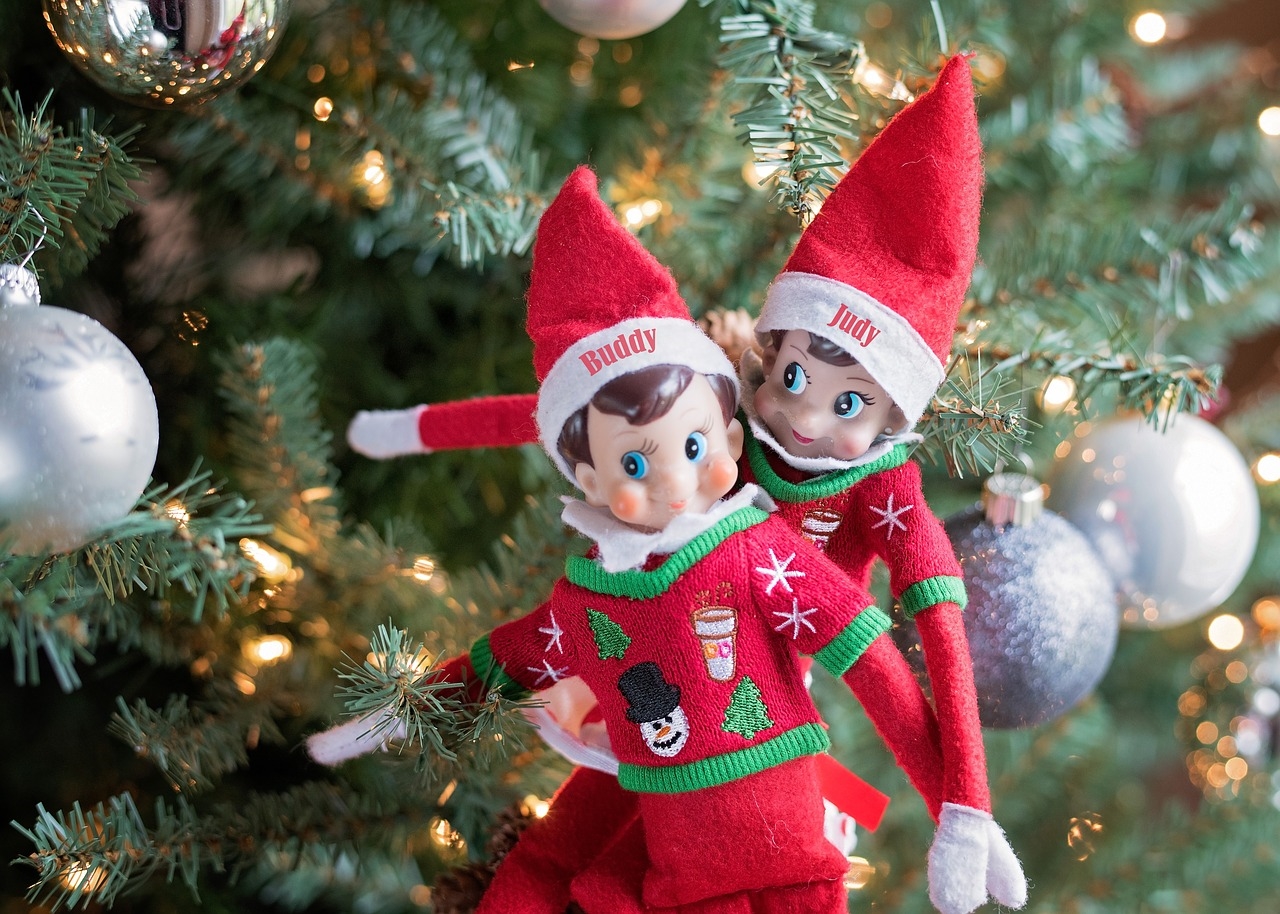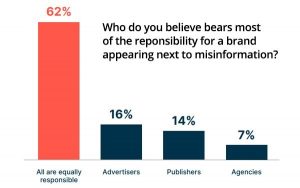— December 22, 2018

Pamjpat / Pixabay
Have you ever seen a surprisingly simple product do exceptionally well and thought, “Why didn’t I think of that?” or “How did that brand become so successful?” I recently found myself asking those same questions about the Elf on the Shelf phenomenon. And, when I learned that this multi-million-dollar company is headquartered in Atlanta, then I really wondered about the cause of our neighbor’s success.
phenomenon. And, when I learned that this multi-million-dollar company is headquartered in Atlanta, then I really wondered about the cause of our neighbor’s success.
If you’re a parent (or also just don’t live under a rock) then you’ve heard about Elf on the Shelf: a storybook and “magical” elf doll that emerge each December. The premise is simple. The book, titled ‘The Elf on the Shelf: A Christmas Tradition,’ comes with a pixie elf doll whose job is to keep an eye on the kids of the household and report back to Santa each night. In the morning, children wake to find their elf in a new spot in the house, who is often pulling funny stunts and getting into some kind of social-media-share-worthy mischief. It’s impossible to avoid the trending #elfontheshelf hashtag that swamps social media each holiday season.
Since the brand’s inception in 2005, over 11 million copies have been sold. Or, as the company states, “More than 11 million elves have been “adopted” in the U.S. and beyond – from Mexico to the U.K. to Zimbabwe.” The “adoption” terminology reflects the company’s dedication to its brand story – that each elf becomes part of a family and part of a holiday tradition. Today it seems that Elf on the Shelf  is as common a tradition as decorating cookies throughout the month of December.
is as common a tradition as decorating cookies throughout the month of December.
Developing the Elf on the Shelf Brand Story:
Brand Story:
So, just what transformed this particular book and doll into a holiday sensation? Well, part of the answer is the sheer simplicity of the brand’s story. The parent company, Creatively Classic Activities and Books, was born out of a passion project by founders, Carol Aebersold and her twin daughters, Chanda Bell and Christa Pitts. They had a “magical” elf in their own family for years before they thought to bring this idea to the public. While Elf on the Shelf certainly appeals to parents by promoting good behavior (so their kids make the “nice list”), it also embodies a greater purpose. In this CNN business article, Bell states, “We want the message to be that Christmas time isn’t just about what you get. It’s about families doing things together. The spirit of the season is about kindness, sharing and learning about self-control.”
certainly appeals to parents by promoting good behavior (so their kids make the “nice list”), it also embodies a greater purpose. In this CNN business article, Bell states, “We want the message to be that Christmas time isn’t just about what you get. It’s about families doing things together. The spirit of the season is about kindness, sharing and learning about self-control.”
A great, brand story always starts with why: why you do what you do, not how you do it or what you do. For the founders of Elf on the Shelf that “why” was intrinsic: to share a cherished Christmas tradition with others and to help families create joyful moments and memories. For them, it was about much more than selling a product. And for customers, that product is more than a simple toy. The brand transformed into a holiday tradition, a shareable story, a community, and a customer experience that lasts year-round.
that “why” was intrinsic: to share a cherished Christmas tradition with others and to help families create joyful moments and memories. For them, it was about much more than selling a product. And for customers, that product is more than a simple toy. The brand transformed into a holiday tradition, a shareable story, a community, and a customer experience that lasts year-round.
Transforming your own Brand Story:
Of course, having a brand story that revolves around adopting elves from the North Pole appears much more consumer-friendly on the surface. And, while that may be true, every brand – from B2B, B2C, SaaS, and CPG – has a unique, shareable story. No matter what industry you’re in, there is a human to connect with on the other end. In fact, I suggest removing B2B and B2C from your language as you think of brand messaging. Your message should always come across as human-to-human. People simply don’t want to (or have to) interact with brands that sound self-promotional and interruptive. They want to interact with humans – and humans are authentic, vulnerable, transparent, responsive, emotive, relatable and conversational. Does your brand messaging have these characteristics? Think of how your story is being communicated both internally and externally. Is it simple, clear and aligned? Find out if your brand passes that test and learn more by downloading our Transformational Marketing e-book.
Business & Finance Articles on Business 2 Community
(146)






